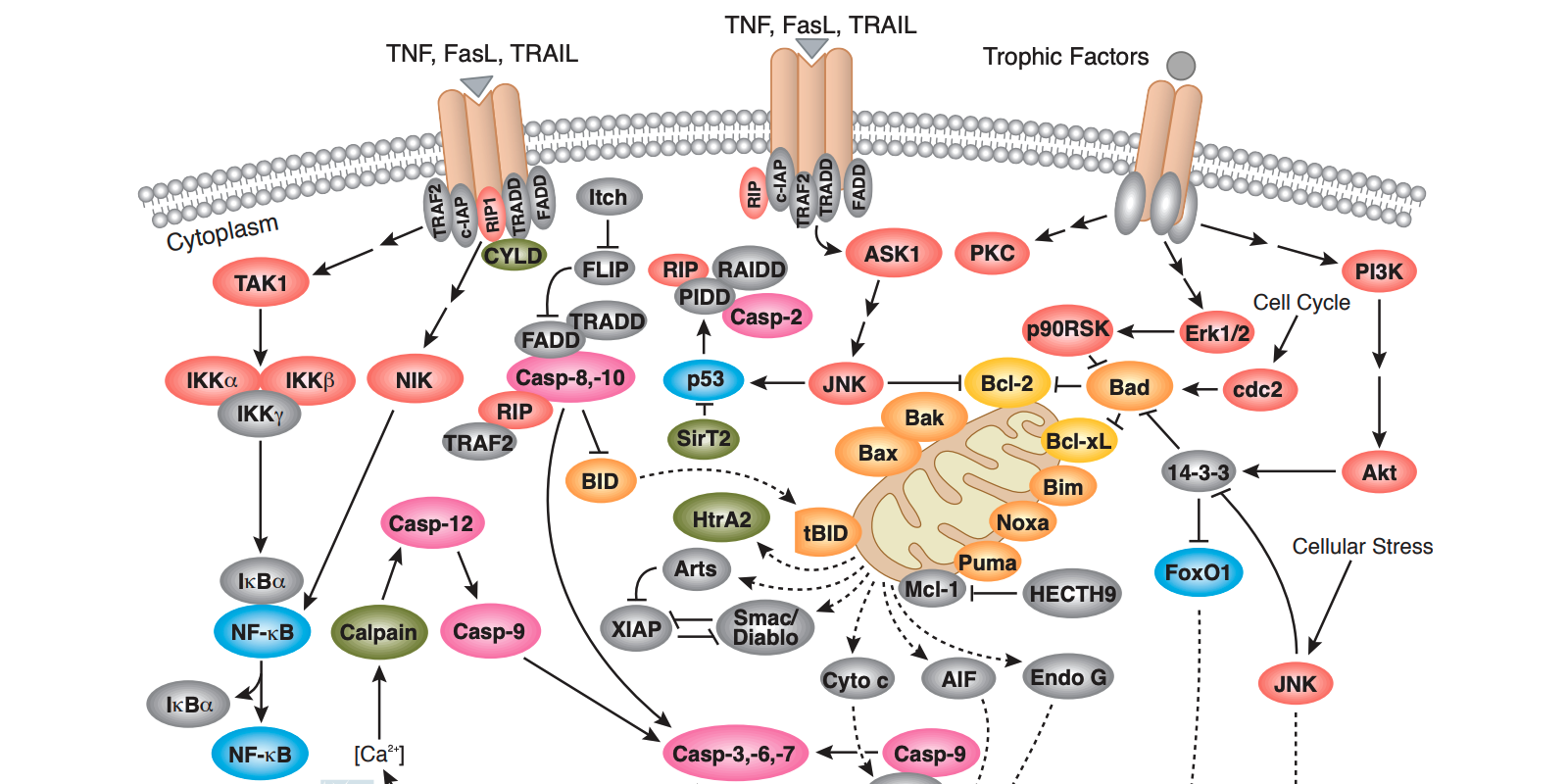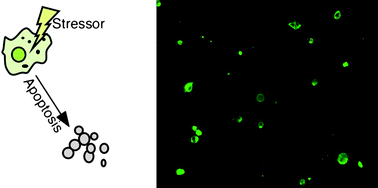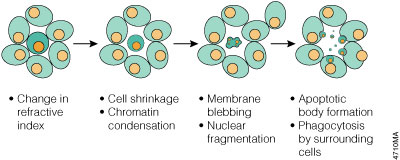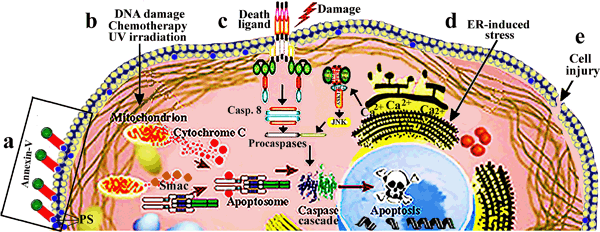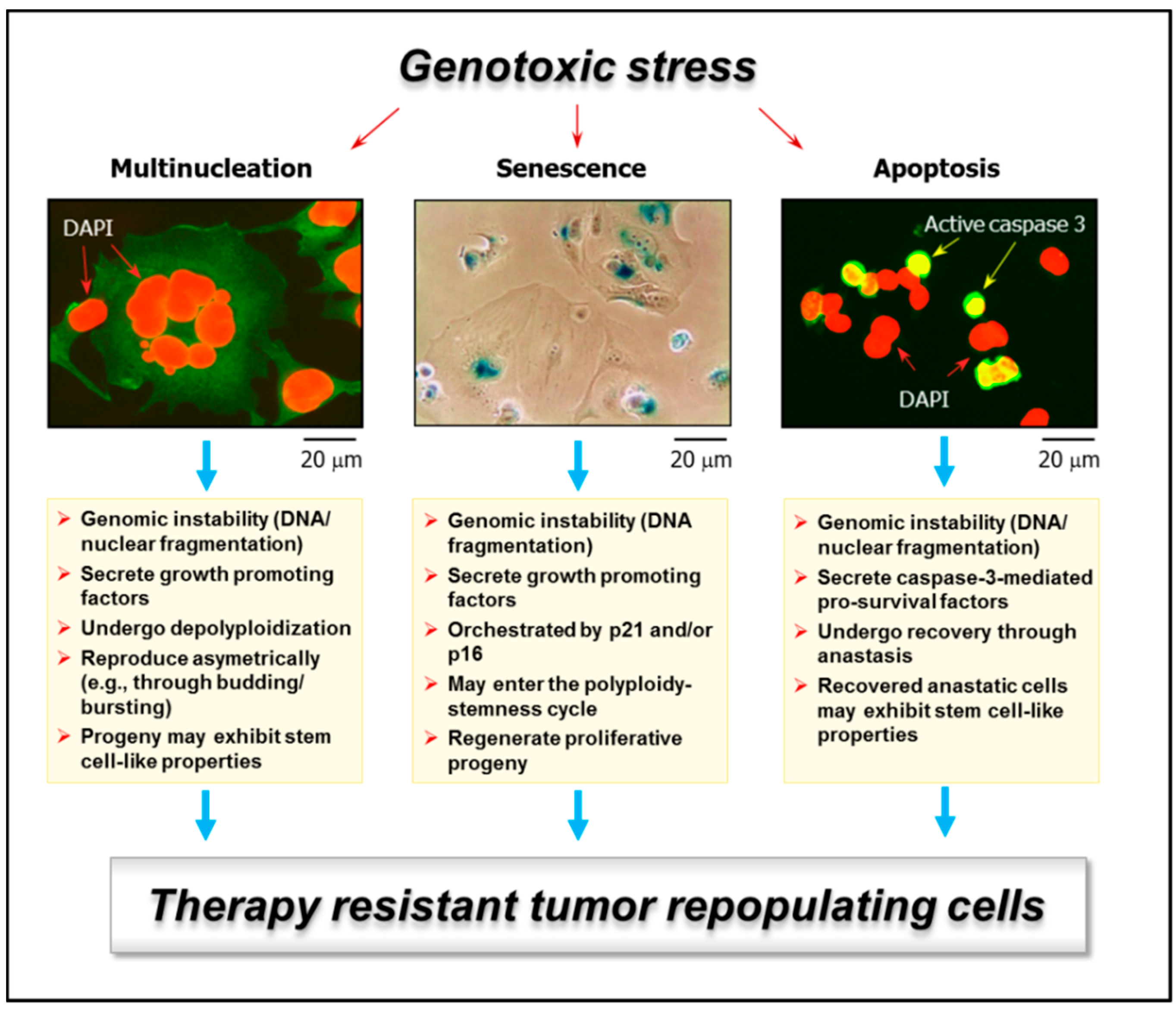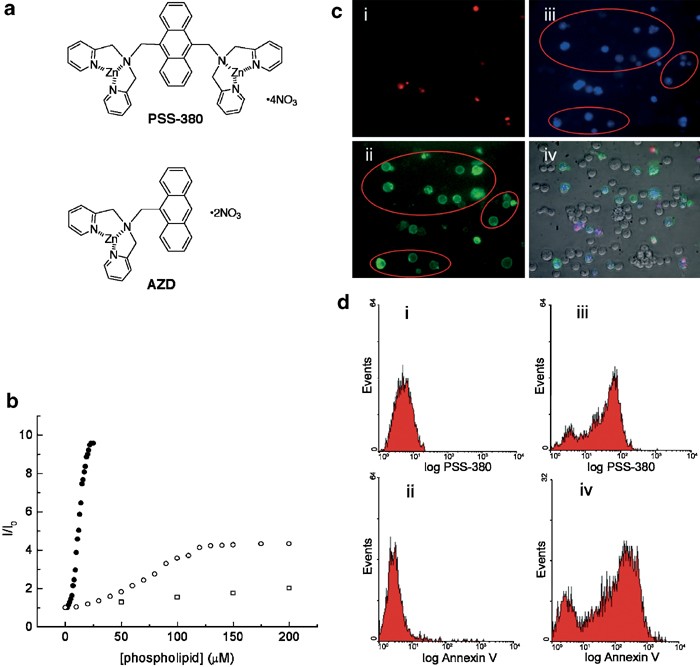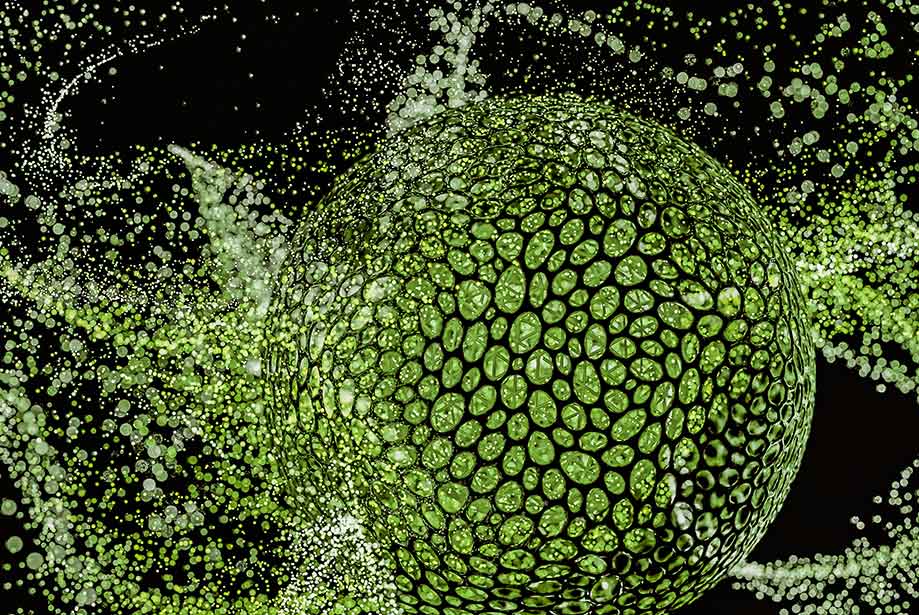Brilliant Info About How To Detect Apoptosis

Apoptosis is closely associated with many diseases.
How to detect apoptosis. During apoptosis, various caspases are activated, which in turn cleave other proteins within the cell to activate apoptosis. A variety of reagents for caspase activity assays. Using dna fragmentation to detect apoptosis.
Annexin v binding of cell surface phosphotidylserine. Tunel and dna damage assays the tunel assay is probably the. Apoptosis assay kits guide there are a number of methods for running an apoptosis assay to measure these markers of apoptosis.
Detection of apoptosis can be achieved by morphology, biochemistry, molecular biology, immunology, and other techniques. Many of the assays used to detect apoptosis analyze the characteristic dna fragmentation that occurs during apoptosis. Using dna fragmentation to detect apoptosis.
A new homogeneous assay provides a simpler way to monitor apoptosis and necrosis simultaneously in real time, using a luminogenic annexin v method in conjunction. Hoechst staining, facs (pi or annexin v staining), trypan blue, dna laddering/fragmentation etc. Over the years, a number of methods have been discovered and developed to detect apoptosis.
A variety of apoptosis detection kits are commercially available, and here is a roundup of how they work: There are many ways to detect/guantify apoptosis, it depends on the tools you have in your lab. Many of the assays used to detect apoptosis analyze the characteristic dna fragmentation that occurs during apoptosis.
Of these mechanisms, apoptosis is probably the most readily studied using flow cytometry. Using dna fragmentation to detect apoptosis. Many of the assays used to detect apoptosis analyze the characteristic dna fragmentation that occurs during apoptosis.
